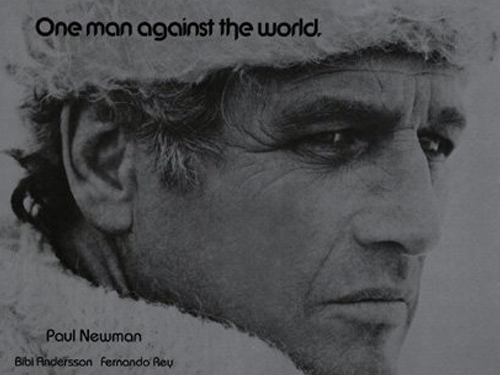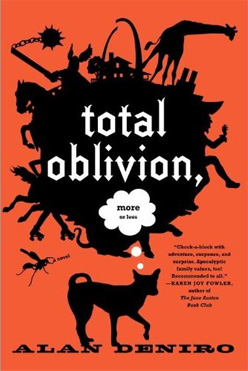Quintet (1979) review (and a n.b. on THX1138)

This movie is ready for a reassessment. Take the film on its own terms-if you are expecting high science fiction Mannerism you are going to be sorely disappointed. People have talked about the one-dimensionality of the characters-but the whole POINT of the film is that humanity, at this decrepit, terminal stage of their existence, has become one-dimensional. It’s more than the need for survival. The people living in this icy city have literally lost the ability to feel…anything, both individually and collectively. Essex (Paul Newman) is in this world but not of it; having ventured south for a decade and come back to the city with his lover, he sees just how much what society is left has devolved.
The lack of younger actors also gives this a compelling, otherworldly feel, similar to Children of Men-but fast forward that movie twenty years in the future. Because of the breakdown in society, no one is younger in the city than their mid to late 40s-indeed, Essex’s wife who is in her mid to late thirties maybe, is seen as a marvel in the city. Maybe this lack of young actors is why American audiences responded so poorly to it. The younger the better for American sensibilities-so to create this world as it was made was truly a bold choice, and in that sense, the casting of Newman is perfect.
The sets and the cinematography are absolutely amazing-again, taken in terms of what the movie is trying to do (create a metaphor for the game of Quintet), it absolutely works. The weird isolation, the dogs, the broken down architecture and the ice-you get the sense that this city was once, when the cataclysm started, humanity’s last great hope, and the current residents are living in a shell of that dream.
So few American science fiction movies actually put their money where their mouth is with the worldbuilding-to create a consistent worldview and stick with it. Most visual SF is based on spectacle-and that’s great, I like well-done spectacle too. But to decry this movie because it is not a spectacle is kind of missing the point. I knew nothing of the maligned critical history of this film and was quietly blown away by this minor masterpiece-and I think more than 30 years from its creation, Quintet has a lot to tell us about our age of environmental devastation and desensitization.
p.s. It’s interesting watching George Lucas’ THX1138 some time after Quintet. The color palette-all those whites-seems to have bled between the two movies, and the set design (for the former, the as-yet-uncompleted BART tunnels; for the latter, the detrius of Montreal’s 1967 World Fair) has some uncanny similarities in parts. Though, of course, the world of THX1138 is divided from Quintet’s by one major chasm: time. Not between 1971 and 1979 but the epochs of the two movies. THX1138 is still living in a “city of the future”, albeit one sheltered away from the raging red sun. Quintet’s city is THAT city’s dying embers, when barely anything works, and everyone waits to die. They are different tropes of nihilism-one controlled from external (albeit shadowy and highly networked) forces and the other being devoured from the inside. Anyway, two seminal works of 70s science fiction, there.




